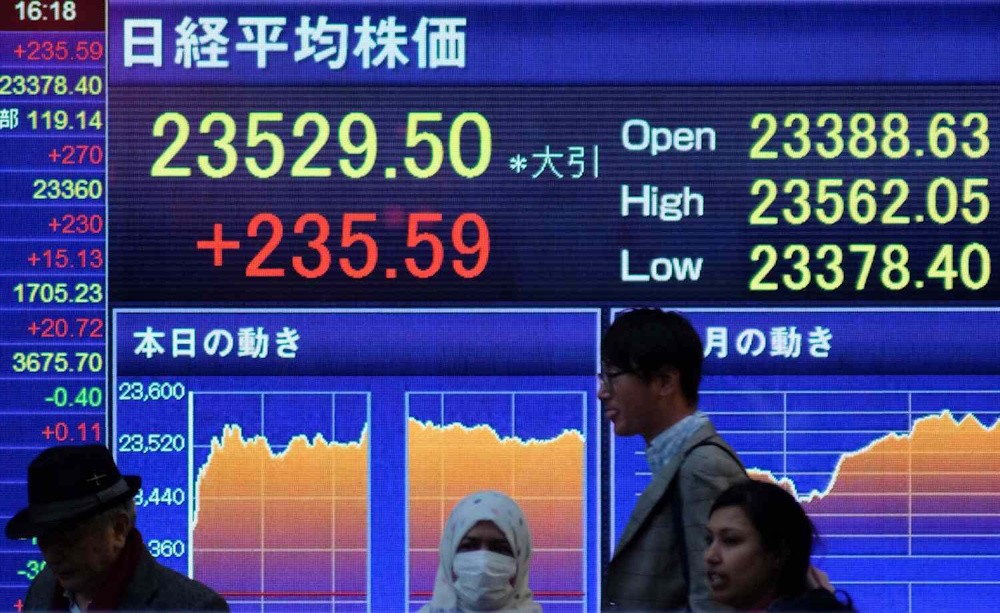
Global markets experienced a rally at the beginning of the week, driven by increasing optimism among investors regarding a potential trade agreement between the U.S. and China. The pan-European Stoxx 600 experienced an increase of approximately 0.3% on Monday morning, following robust gains in Asian markets. Notably, Japan’s Nikkei 225 surpassed the 50,000 threshold for the first time, closing up 2.46%, while South Korea’s Kospi saw a rise of 2.57% for the day. U.S. futures experienced a boost ahead of Monday’s opening bell, with Dow Jones Industrial Average futures increasing by 0.6%, S&P 500 futures climbing by 0.8%, and Nasdaq 100 futures advancing by 1.2%.
On Monday morning, despite over half of Europe’s sectors showing negative performance, industrials, technology, and mining stocks — sectors typically viewed as highly responsive to global trade tensions — emerged as some of the most significant gainers. The Stoxx Europe 600 Technology Index outperformed with a rise of 1.4%, while the Stoxx Europe 600 Basic Resources increased by 0.5%, and the Stoxx 600 Industrial Goods & Services index saw an uptick of 0.3%. Rupert Thompson indicated that the recent trade news was the primary catalyst for Monday’s global rally, noting that it enhances the likelihood of a more enduring truce that will alleviate tariff tensions.
“It certainly kicks out into the long grass a sort of big flare-up of trade tensions again,” Thompson stated. “It is highly likely that if this proceeds, the trade truce will persist, potentially extending beyond the typical three-month timeframe that has been standard thus far.” He added: “Certainly, it means that the favorable tailwinds behind the markets at the moment have got another leg to them.” However, Thompson also expressed a degree of caution. He cautioned that the foundational geostrategic tensions between the two nations persist, and observed that the president’s proposal for 10% tariffs on Canada — which Thompson remarked came “out of the blue” — illustrates that Trump remains “fairly fickle” regarding trade issues.
Christian Mueller-Glissmann identified overarching factors influencing a possible acceleration in growth. “We are in a late-cycle slowdown,” stated a strategist. “I’m not sure that this agreement in particular will get things going, but the baseline assumption for next year is things will look a bit more reflationary,” Mueller-Glissmann stated. He stated that the bank is “modestly pro-risk,” seeking upside convexity while steering clear of speculative trades. He also noted that the prevailing market environment is characterized by structural optimism, which is partially driven by increased liquidity. He indicated that “trapped” liquidity might enhance the prospects for a late-cycle acceleration, yet cautioned that risks still persist.
